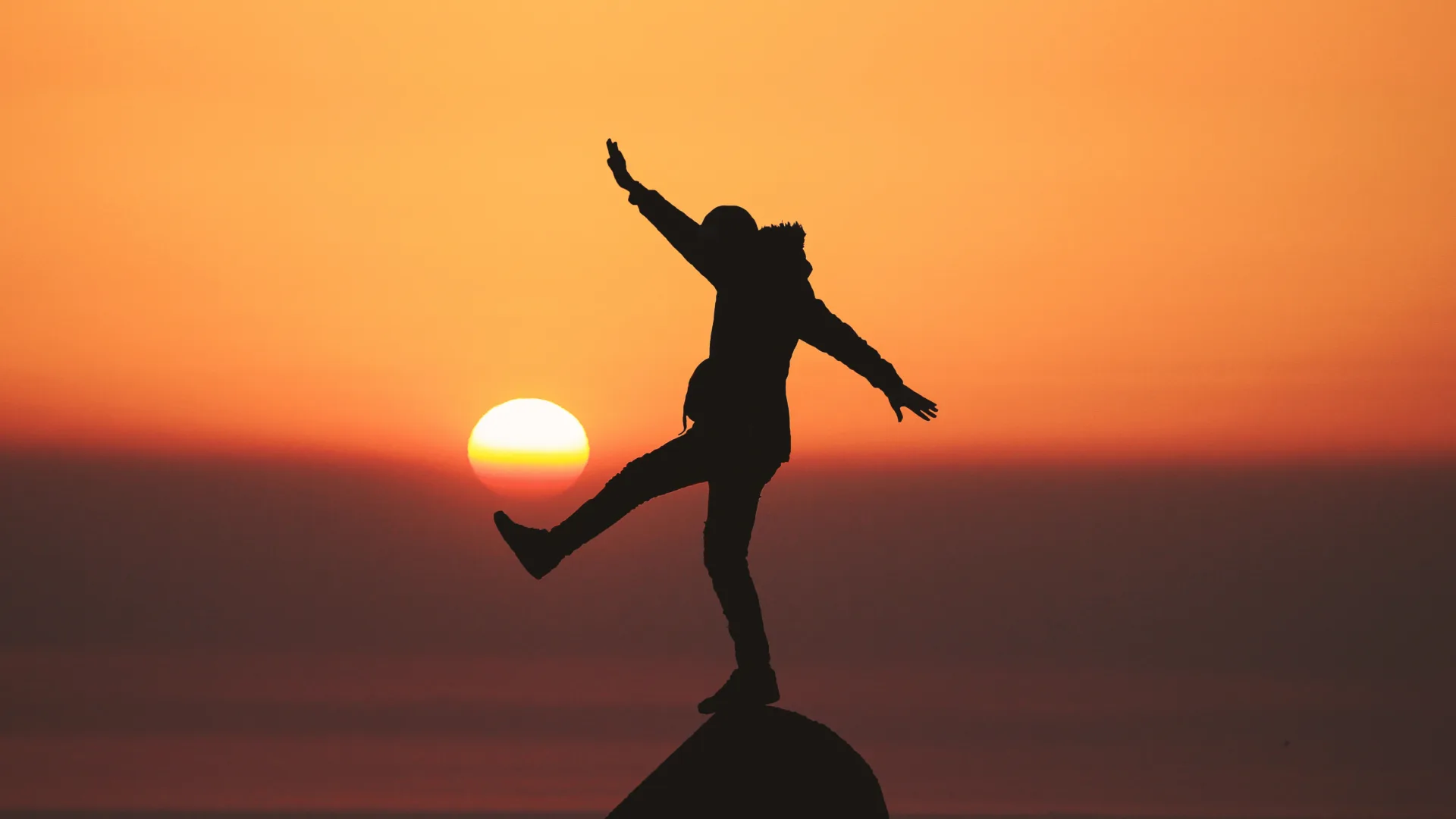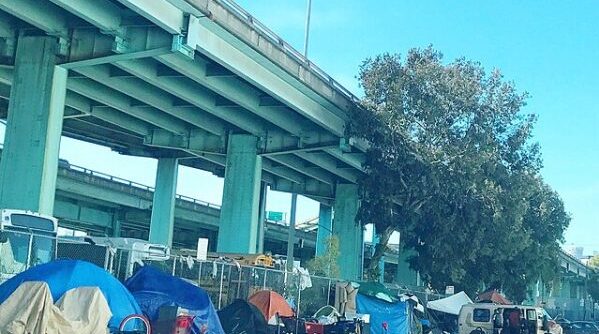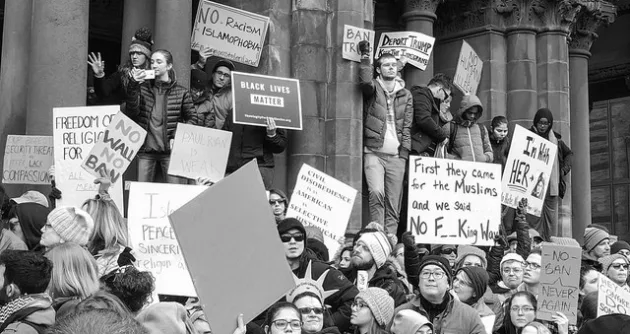I nearly put “Right?” at the end of the title.
The bad news stacks up hourly. Weeks ago, as CELDF staff discussed topics and rollout for this year’s “Earth Day-zed and Confused” series, I was sheepish about volunteering to write something that conveys some good news. It’s not easy being an optimist around here (and for the record, I’m not an optimist, so I really have to try). The task seems even more difficult now, just a few weeks later.
Scientific reports are released on a regular basis that detail all the ghastly ways that climate change will affect all human and natural communities. The possibility of nuclear war is on the horizon in ways that were unthinkable just a few months ago. Cooking oil is now being rationed around the world.
And literally, while I was editing this post, a draft opinion was leaked from the United States Supreme Court indicating that Roe v. Wade will be overturned after nearly 50 years…as if we didn’t already know that was coming.
Anyway, where was I? It feels appropriate to just close the laptop and call it a day. I’m sure many would wish I’d do just that.
But, onto the good news, and I say that sincerely. Over the last 15 years, grassroots work that establishes rights for human and natural communities has expanded in ways that no one could have foreseen. And while we will celebrate the legal and the political victories, the truth is that none of this would have happened without people:
1) People who care, a hell of a lot
2) People organizing on the ground, where they live
3) People willing to take personal risks to protect what is important to them
4) People who see themselves as a part of the natural communities where they live
That’s it. That’s the formula for beating back the bad news.
In 2006, Tamaqua Borough, a small community in former coal country in Eastern-Central Pennsylvania passed a law granting rights to ecosystems within the community. It was an unlikely place for such an action, to say the least. Yet it was the first community in history to recognize ecosystem rights in a Western legal framework.
It didn’t stop there. Two years later, Ecuador (after hearing what had happened in Tamaqua) adopted rights-of-nature language into the country’s national constitution. The work has expanded exponentially since. As noted in that link, the work has moved from Western settler communities to tribal nations, to communities and countries all around the world that are recognizing rights for rivers, lakes, watersheds, forests, reefs, and many other non-human living things.
~ Continued below ~
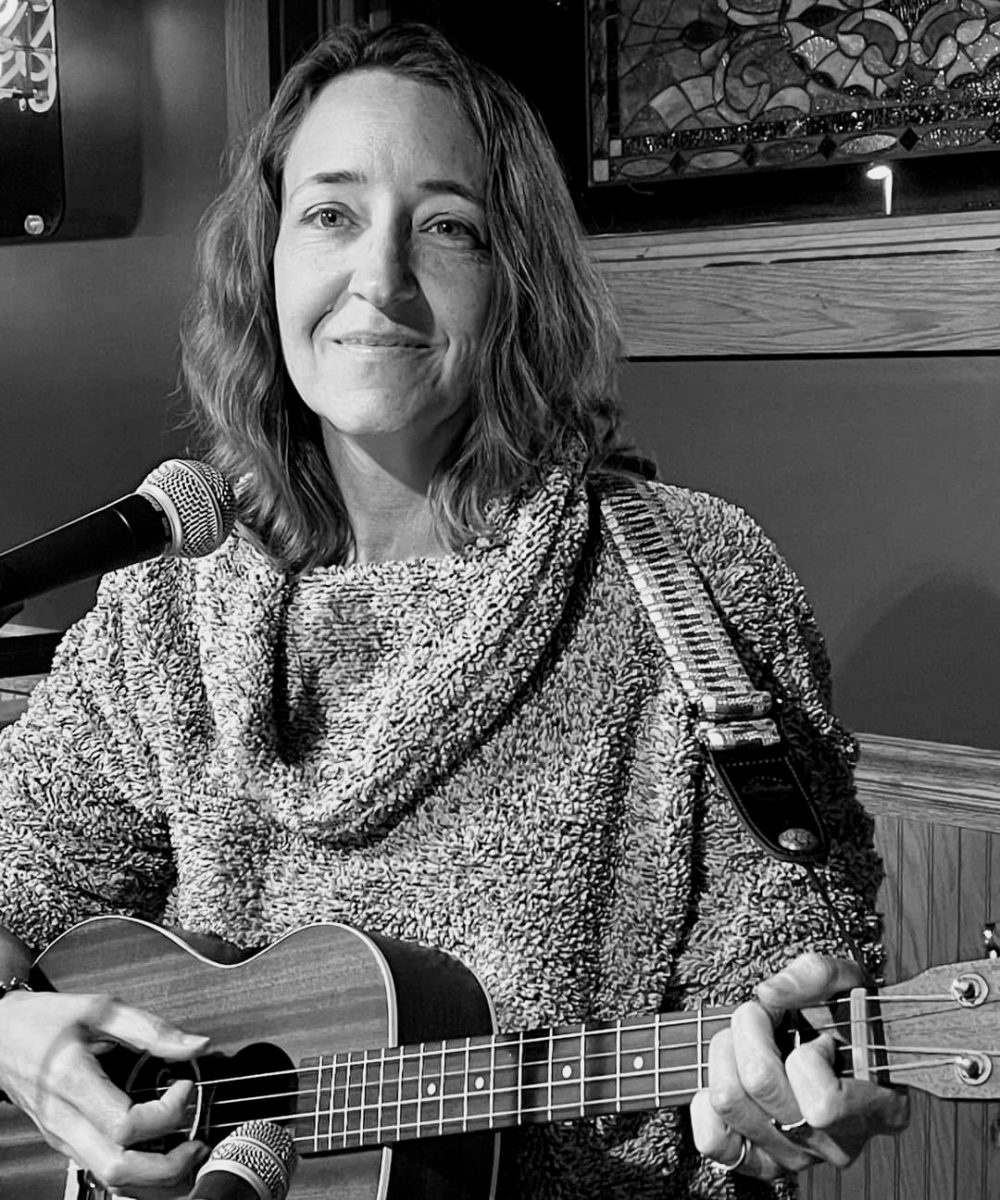
“Community Rights”
A poem by Michelle Sanborn, CELDF
“Community Rights” is a reflection of the journey I’ve witnessed as many community members come face-to-face with the black hole of doubt that they can make a difference in their local community and beyond. We are the ones we’ve been waiting for!
We’ve all been told a great big lie that Mother Nature will never die. But, truth be told, she’s barely alive.
It’s black and white, it’s clear to see – We are of Nature, she’s not of we. Now’s the time to set her free.
Don’t doubt what a few can do; we won’t lose unless we quit – We must act together in solidarity.
Rights of Nature and Self-government is for everyone, not just the rich. We are the ones that we’ve been waiting for!
So many times we’ve been let down by the corporate-state run-around. Exploiting people and Nature in our towns.
We must be the change we want to see; secure the right of local democracy. Now’s the time to set ourselves free.
The time has come for us to learn to trust ourselves to self-govern; we’ve waited long enough for our turn.
Better days are yet to come our way if we assert the right to have the final say. We must take action to save the day.
Rights of Nature and Self-government is for everyone, not just the rich. We are the ones that we’ve been waiting for!
And these are not only feel-good talking points. Just a few months ago, an Ecuadorian court protected the rights-of-nature in the face of a destructive copper and gold mining project.
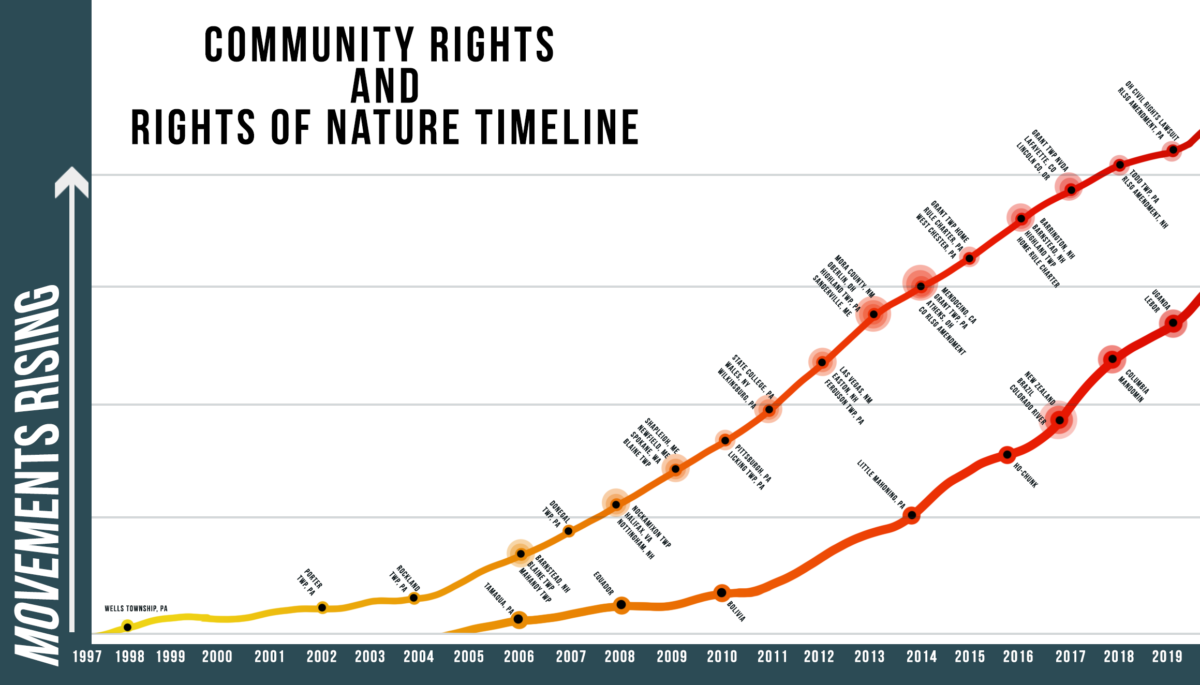
I spoke with some college students last week, and the loudest and most passionate question I received was “what can we do?” in the face of all the bad news all around us. I responded honestly that I do not have all the answers, and the deck is stacked against us in so many ways.
But, I always remember places like Tamaqua — the courage of the residents there, and the actions they took that seemed absolutely batshit-crazy at the time. Rights-of-nature? Huh? What? And yet their bold and courageous actions influenced the shaping of a national constitution and a cultural shift in a different hemisphere just two years later, with court decisions now being decided in favor of ecosystems instead of mining corporations.
This is also how other major movements in our past have started, including the abolition of slavery, the fight for women’s suffrage, the labor movement, the civil rights movement, and others: small groups of people starting out with a vision for a better future, and continuing to organize and fight for that vision even in the face of what seems like insurmountable odds.
Will our efforts be enough, given the global scale and nature of the problems we are facing? I’m not sure, but I do know that if we don’t try, the outcomes will be inevitable.
This post is relatively short — there’s not that much good news. But there’s also not that much good news that you’ll ever get from reading words on a screen.
All we have are each other, where we live. Let’s take some risks for the things that we love. If we do that, we might be able to protect what we care about the most, and create a future that we are proud to be a part of.
Who knows. We also might just change the world, for the better, while we’re at it.
